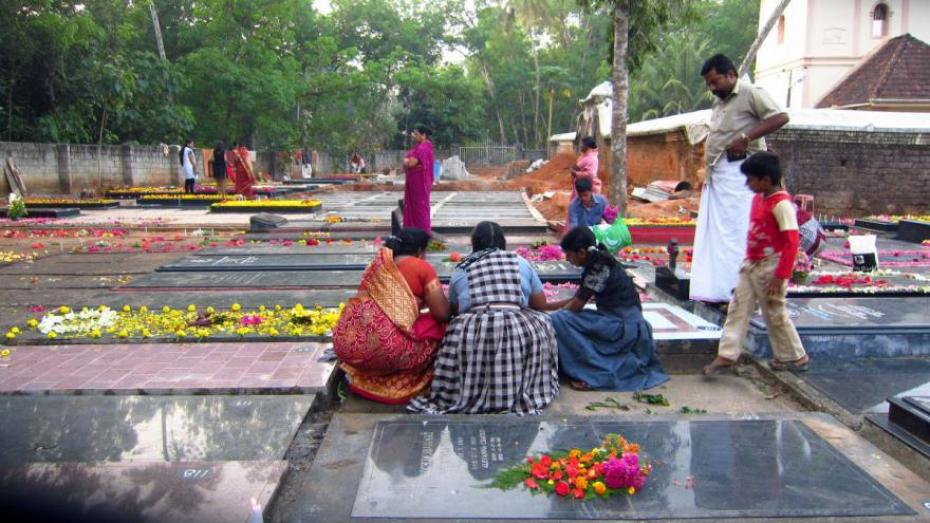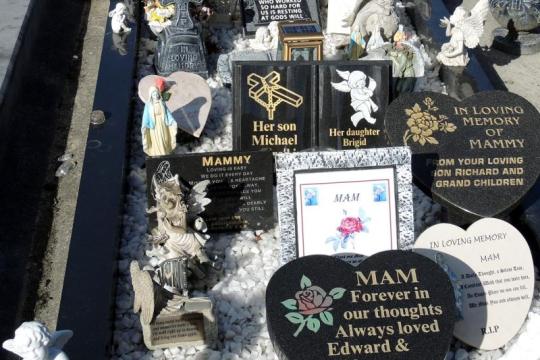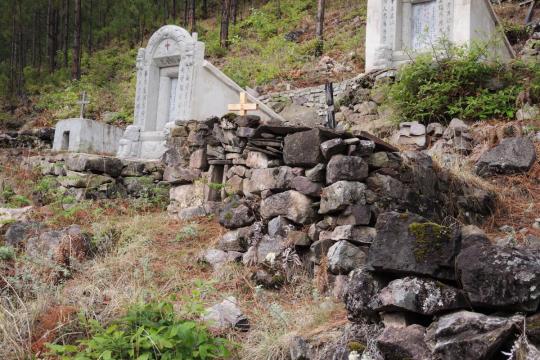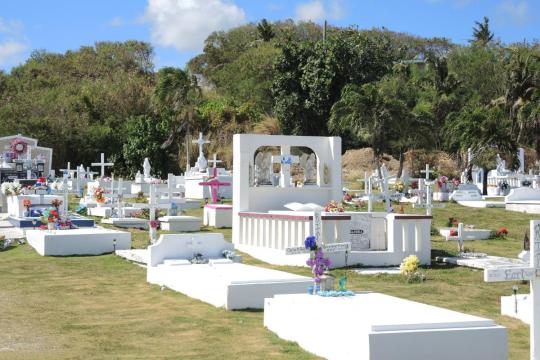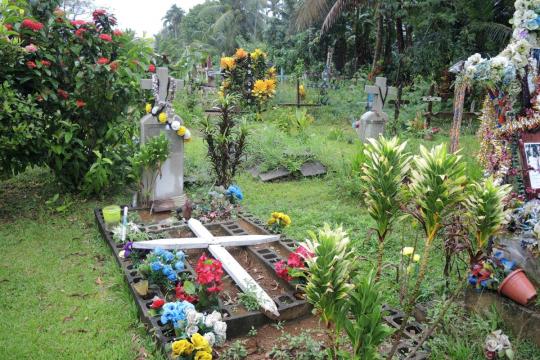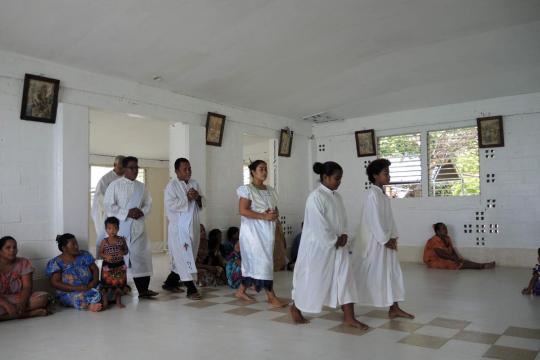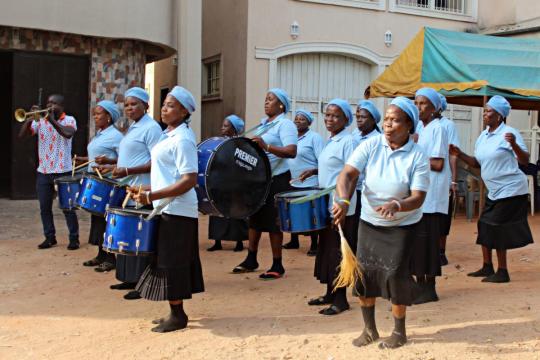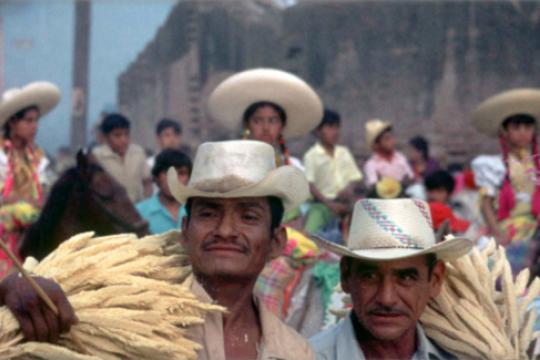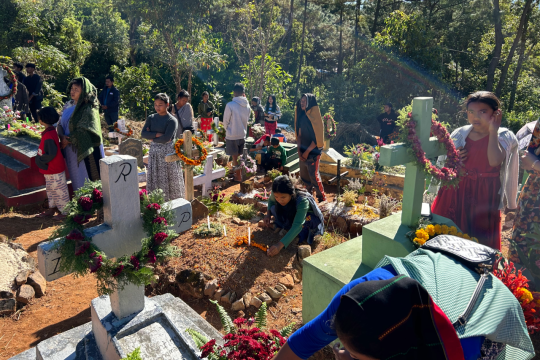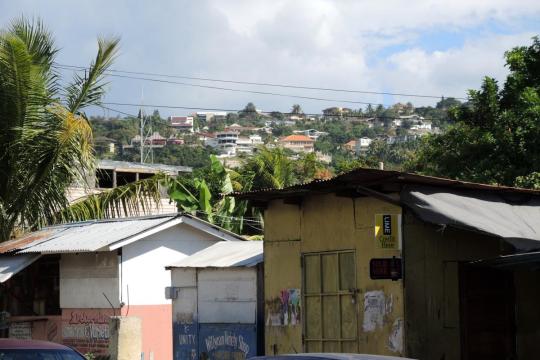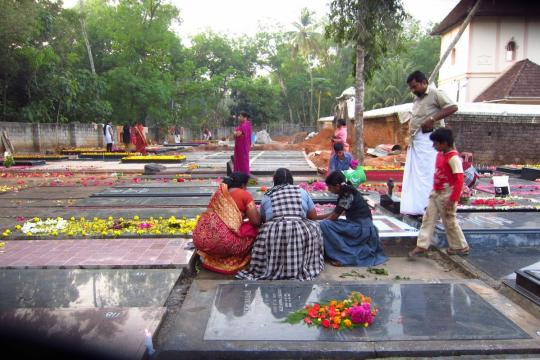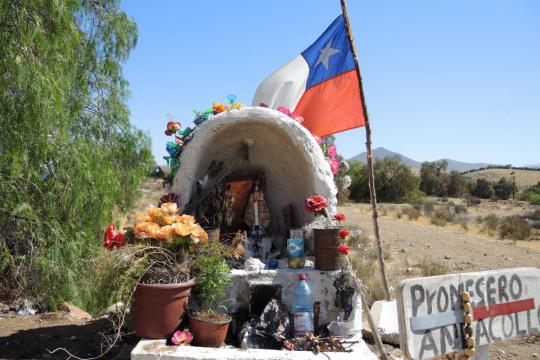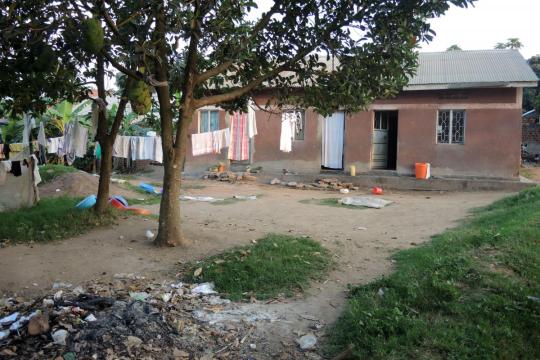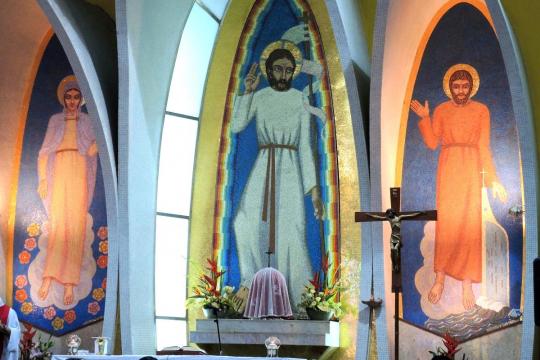Beliefs and rituals about death, about burial or other forms of disposition of dead bodies, about the purpose of death and what happens to us after we die, and about the relationship between the living and the dead have been central to every major cultural and religious tradition in history.
In Catholicism, burying the dead is one of the seven corporal works of mercy, the only activity added by the Church to Jesus’ list in chapter 25 of Matthew’s gospel. The ways that Catholics honor, remember and perceive their connection to the dead certainly vary from culture to culture. While there are obvious commonalities, Mexico, Ireland, Croatia, Portugal and Poland—countries whose cultural history is deeply shaped by Catholicism—each differ in significant ways in terms of how they grieve, memorialize and perceive the dead. In cultures more strongly shaped by other religions, Catholic practice often butts up against traditional practices about death and burial that can differ significantly from traditional Catholic ones. Sometimes the result is accommodation or coexistence. Other times the practices and beliefs serve as markers of difference. In contemporary contexts, new cultural norms also can set up tensions, as is sometimes the case today when American families want to “personalize” services to highlight the hobbies of the deceased, rather than to frame death through a traditional Christian narrative.
As is often true when it comes to culture, attitudes toward death are overlapping and contradictory, often both/and narratives. Mourners often experience both the presence and absence of the deceased. In Catholicism, the bodies of the dead are supposed to be left in peace to await the resurrection, yet saints’ bodies and their parts have long been distributed and venerated. Funerals can be times of intense grief and of celebration and gratitude for a life. Rituals can highlight and obscure or ameliorate the realities of death.
In addition to understanding the rituals of wakes, burials and grieving, this section provides further opportunities to explore how cultures understand the degree to which the spirits of the dead are perceived as present and active among us, how the realities of death are evaded or faced up to, and whether people see death and illness as an inevitable part of living, and/or something they have a moral responsibility to fight.
